Underwater housings for cameras and camcorders
The depths of the seas are a special adventure when it comes to photography. But no normal camera can be taken to this place, because salt water and high pressure mean the end for such a device without the right protection. Therefore, either a special underwater camera is needed, or an underwater housing must be used to protect the good piece from the influences of the sea. But of course, there are many different factors that go into such a housing. In addition, the corresponding housing must also fit the respective camera, so a close look must be taken at the model here. However, there are also universal modules that can be slipped over any camera.
Waterproof at any price
A good underwater housing must be absolutely waterproof. But it also depends on the depths to which you want to penetrate. Just below the surface, very simple versions are sufficient, because here the pressure is still low and the material is not exposed to high stress. But as soon as you dive deeper into the sea, these values increase quickly, so that the underwater housing also has to withstand the demands accordingly. So if you know that you are more likely to do deep-sea diving, you should take a look at the depth specifications before you order. In addition, the housing must not fog up inside, because this would inevitably lead to blurry pictures or you would not be able to see anything at all. As a rule, however, good housings are protected against this danger, so you can set off on your trip without worrying.
Easily accessible
Important for a good underwater housing is the accessibility of the shutter release and all buttons that are required for the settings. Therefore, one should take a close look at the chosen model, as there are versions for professionals as well as for hobby divers, and the user-friendliness can be quite different. Of course, in such a case, a special camera is also required, because the current models can hardly be converted to be operated in this way. However, if you make all the settings in advance, you can shoot outstanding pictures under water that will take your breath away, even with a normal SLR camera and a simple shutter release. As a rule, however, it is advisable to choose a model for the camera in question, as all settings can also be made here and full access to all functions is guaranteed.
In all shades
Underwater housings come in all shades, with most models made of transparent plastic. For hobby use, there are models that can be used up to a depth of 40 metres. Real deep-sea camera housings go even further and can operate at depths of hundreds of metres. There are also models that are intended for specific photography while swimming. In this case, the housings have handles that allow the diver to take precise aim at his or her subjects, even when the camera is in motion. With large buttons that allow comfortable operation even when wearing gloves, such versions are simply a must, especially for professional use.
Quick to mount
Whoever is only enjoying a short holiday trip does not have much time to think about the finer points of mounting an underwater housing. Therefore, mounting must be fairly quick and should not involve any elaborate processes. Good models offer this anyway, because here the diver can close the housing without having to take a tool to hand. Using special techniques, the housings are locked watertight and the corresponding seals prevent water from getting inside by pressing firmly against them. Such models can be attached in just a few minutes and thus meet all the requirements for the ambitious amateur photographer.
Whoever is equipped with such equipment and ventures into the depths of the seas can hope to take wonderful pictures, which they can then present to the amazed spectators on land. Here, too, quality makes all the difference, so only the best is good enough, although this does not always have to be sold at the highest price. Nevertheless, nothing should be too bad for a successful photo and the protection of the camera.
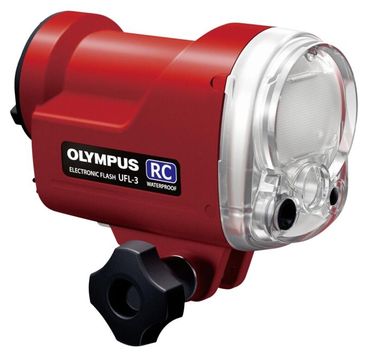
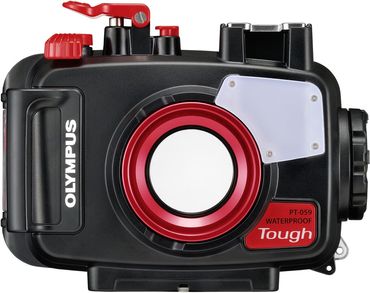
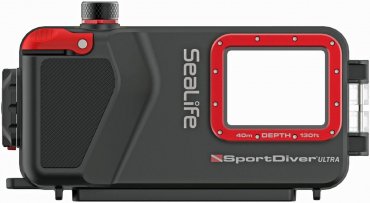
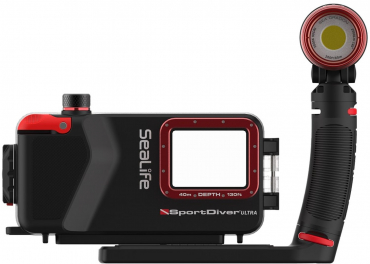
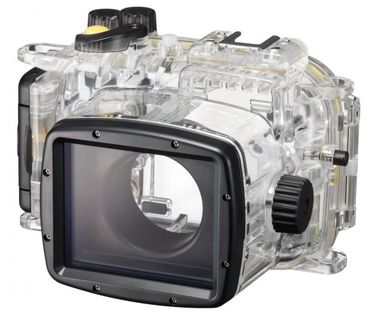

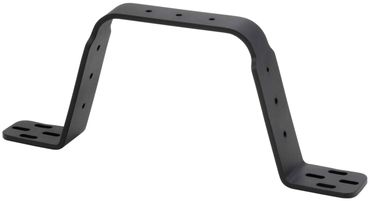

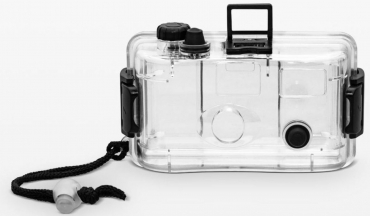
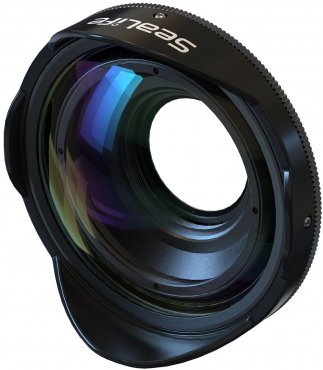
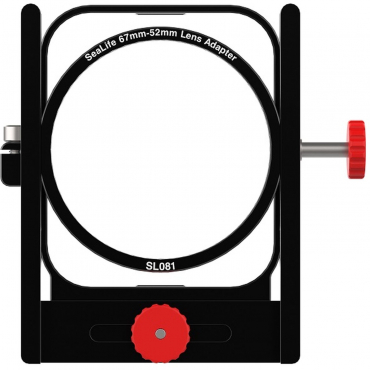
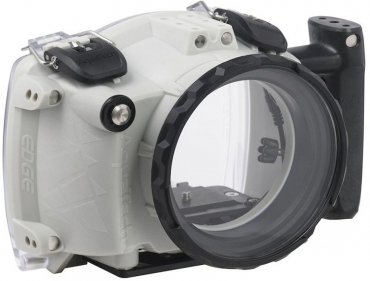
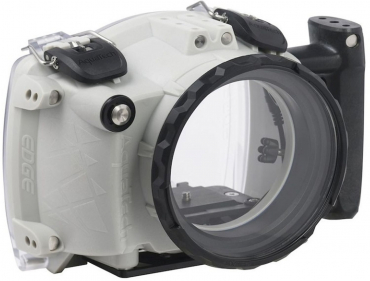
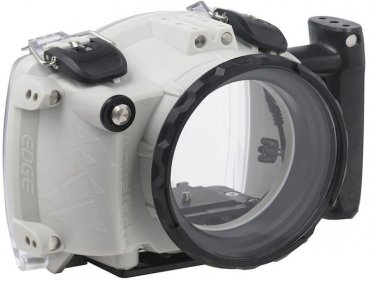

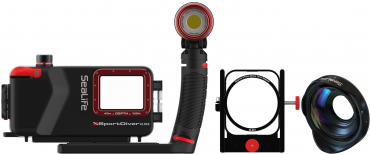

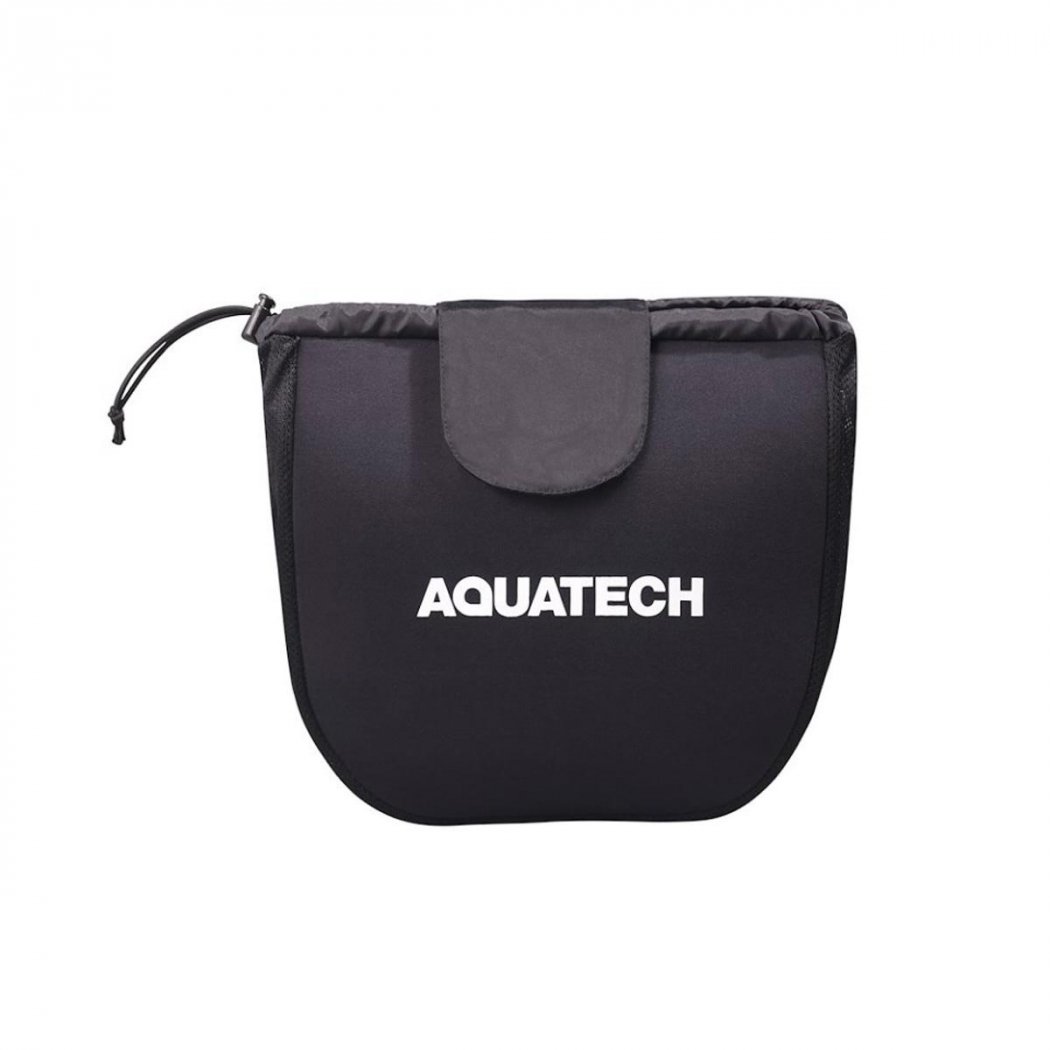
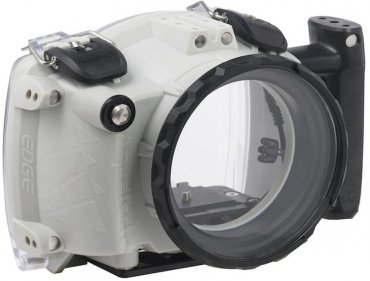

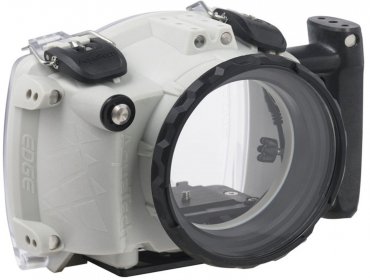
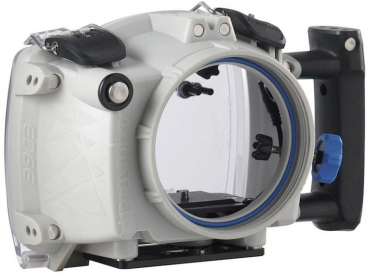
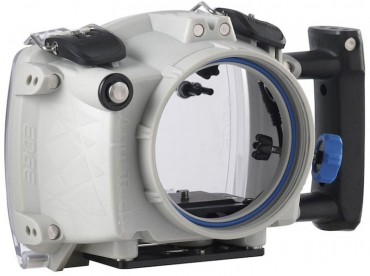
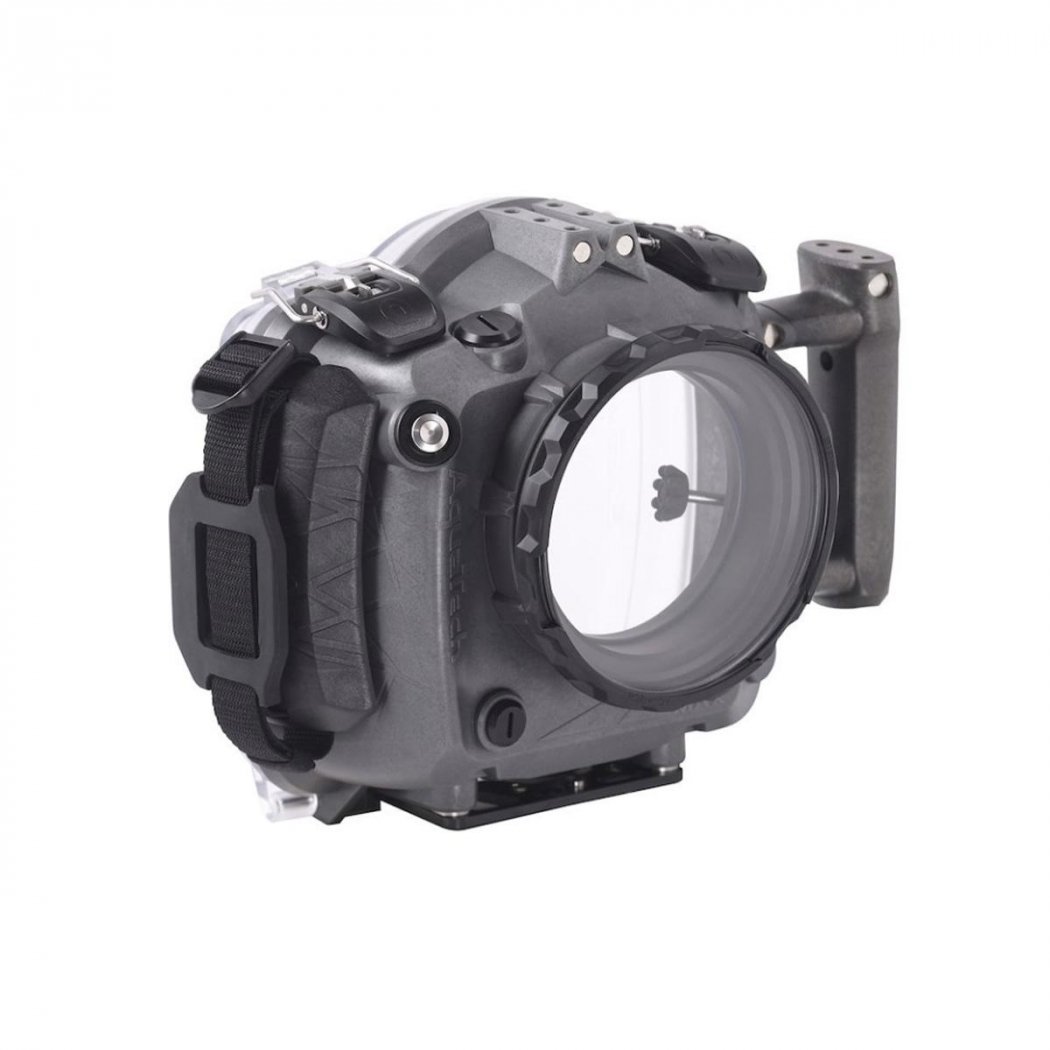
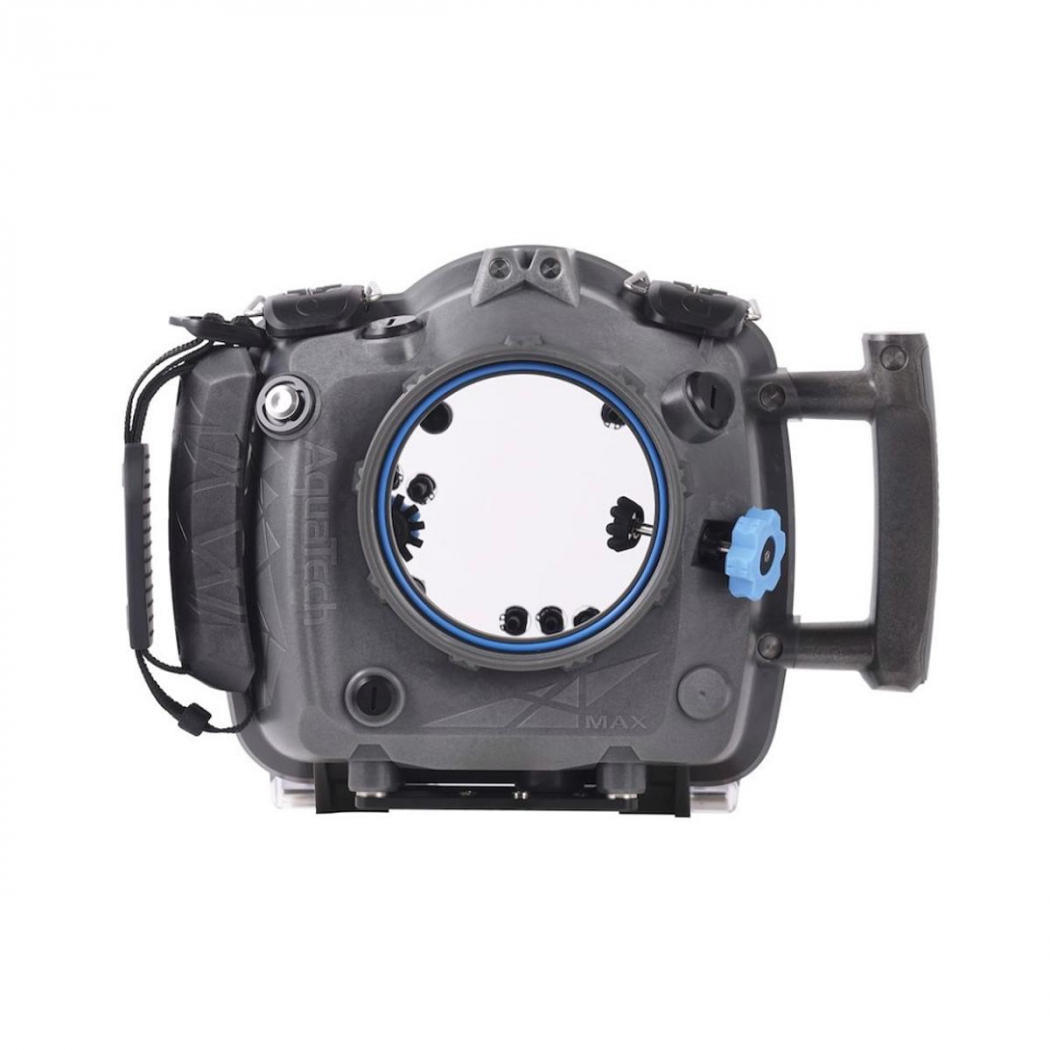

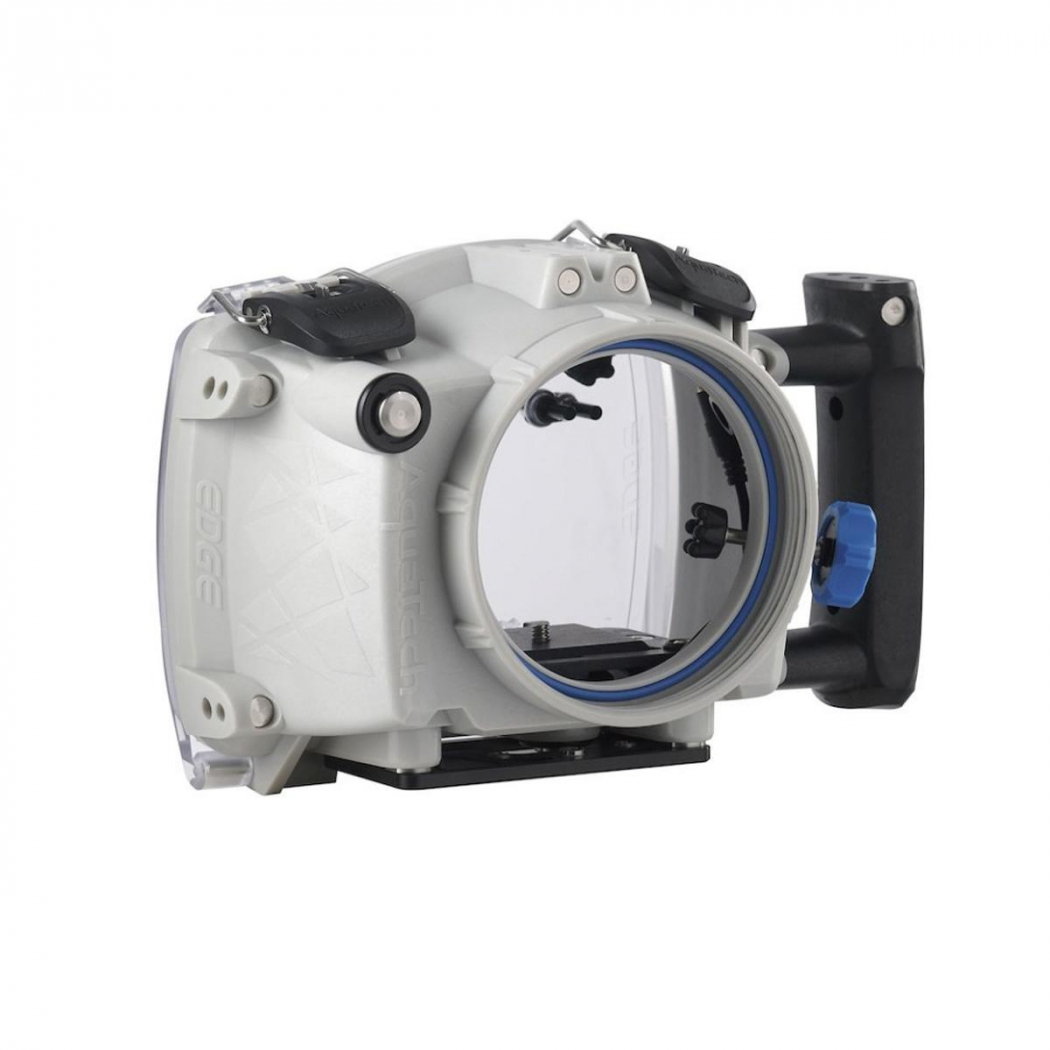
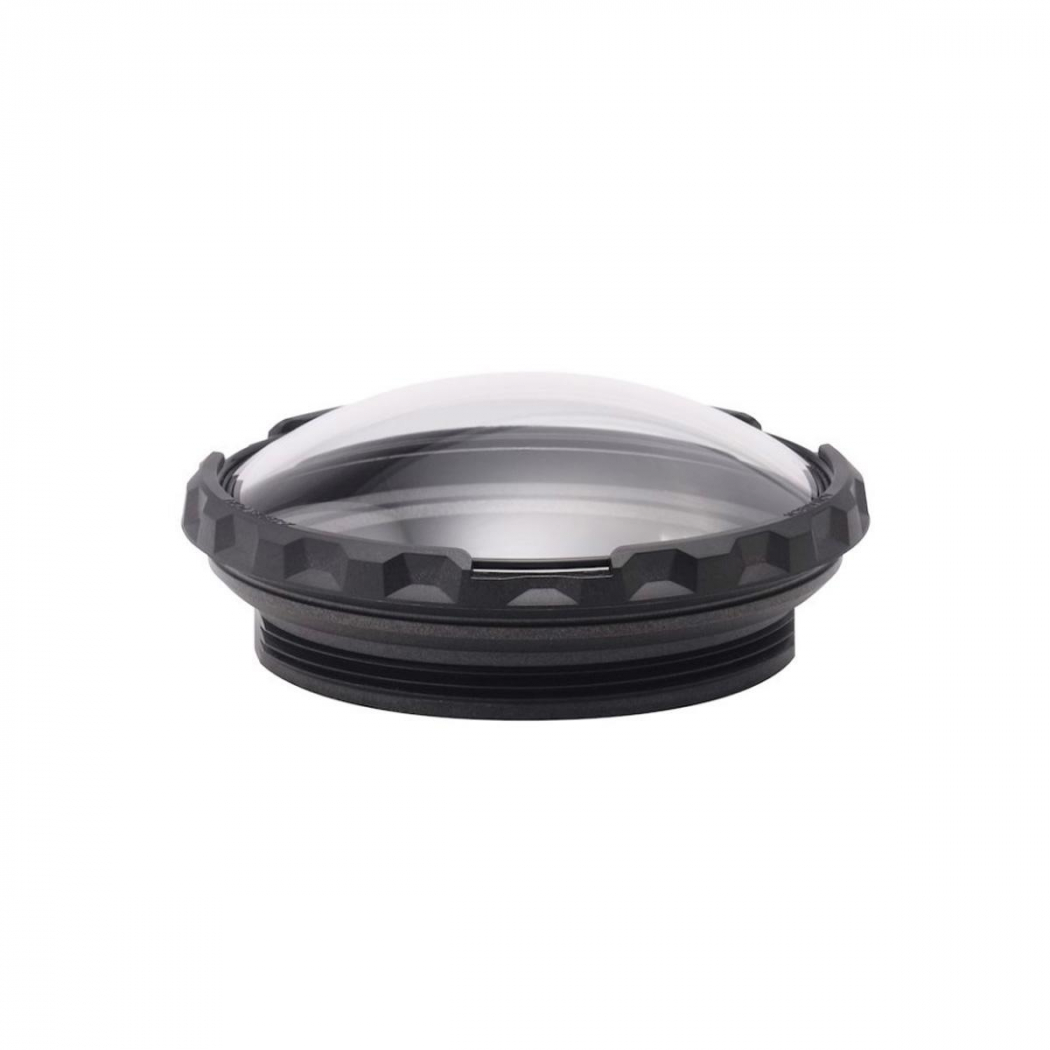
Simply subscribe and benefit as a newsletter recipient every week: